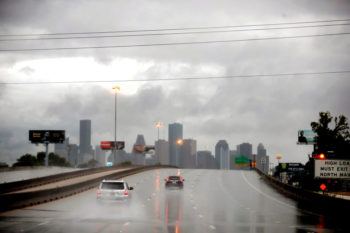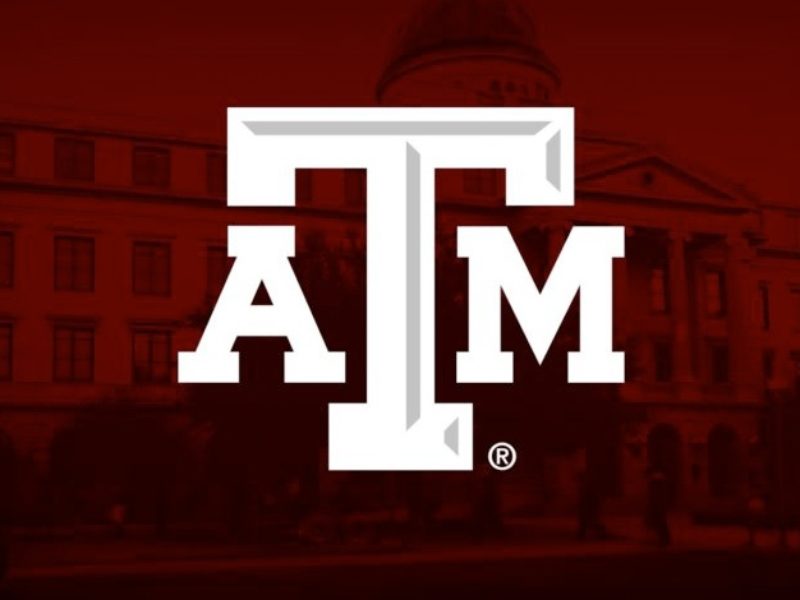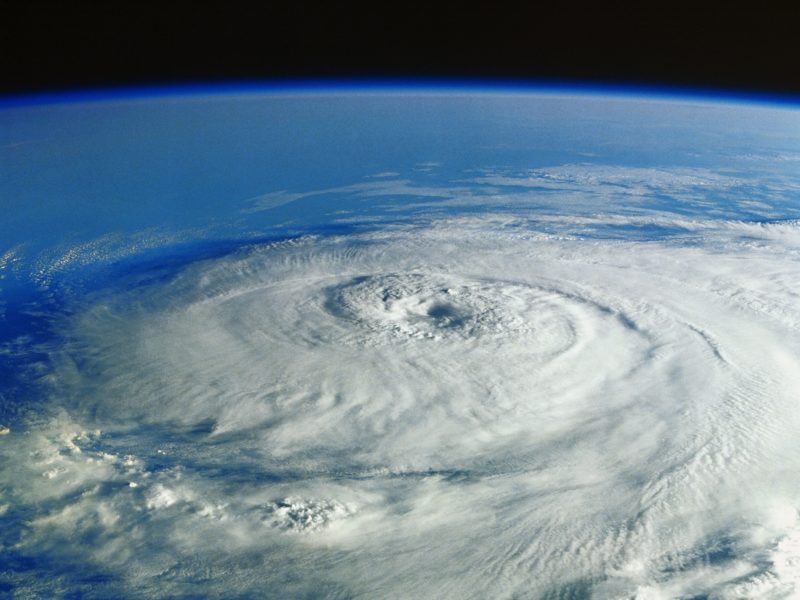Texas A&M Scientists To Study Storm Systems In Houston

In Houston’s air, there are many aerosols that can interact with convective storm systems: marine and urban aerosols, smoke from industry and dust. The U.S. Department of Energy (DOE) recently funded a new field campaign to study to help atmospheric scientists better understand how aerosols affect storm systems.
The TRACER campaign, short for Tracking Aerosol Convection Interactions Experiment, is a co-operated field study that will be carried out by the DOE Atmospheric Radiation Measurement (ARM) user facility through Sept. 30, 2022. Several Texas A&M University scientists from the Department of Atmospheric Sciences in the College of Geosciences will be an integral part of the field research.
Anita Rapp, associate professor, is serving as principal investigator, with co-investigators Sarah Brooks, professor, and Christopher Nowotarski, associate professor. They are leading a research team of graduate and undergraduate students to conduct a series of observations and experiments during the TRACER intensive operational period.
During the campaign, the Texas A&M team and scientists from different laboratories and universities around the nation will use numerous instruments to collect data on aerosols and atmospheric characteristics to learn more about aerosol-cloud interactions in storm systems over the Houston area.
“To improve our understanding of the interactions between aerosols and convective systems, we need to understand both aerosol and meteorological conditions of the atmosphere,” Rapp said. “However, one of the difficulties in understanding the impact of aerosols on storms, especially from an observational standpoint, lies in separating the effects of aerosols from effects of the background meteorology.”
In Houston, for example, the sea breeze, soot, dust and smoke emitted by industrial pollution sources and urban heat island all contribute to different aerosol and meteorology background conditions, raising the uncertainty of predicting aerosol’s impact on convection and climate in models.
To cope with this challenge, the DOE deployed a suite of different platforms supplied by ARM at four locations outside Houston.
“But the DOE sites are fixed, that’s where when we come in,” Brooks said. “The sea breeze – which can help initiate storms – moves, so we need to be mobile to measure the meteorology and aerosol properties where the convection is developing.”
A new Texas A&M mobile van will be deployed to carry the instruments to different places so that all sides of the sea breeze can be utilized.
The team will collect data using a variety of instruments to analyze samples of dust, sea salt, pollen, soot particles and other matter. The Texas A&M team will also launch weather balloons to measure profiles of temperature, relative humidity and wind of the atmosphere.
All data collected during the campaign will be saved in the DOE archive and freely accessible online.
“Houston experiences a wide range of meteorology and aerosol conditions, so the research results will be applicable beyond the Houston area in other major cities around the world as well,” Brooks said.





